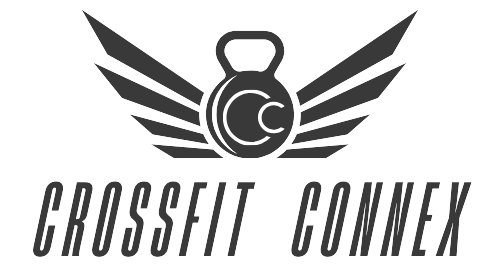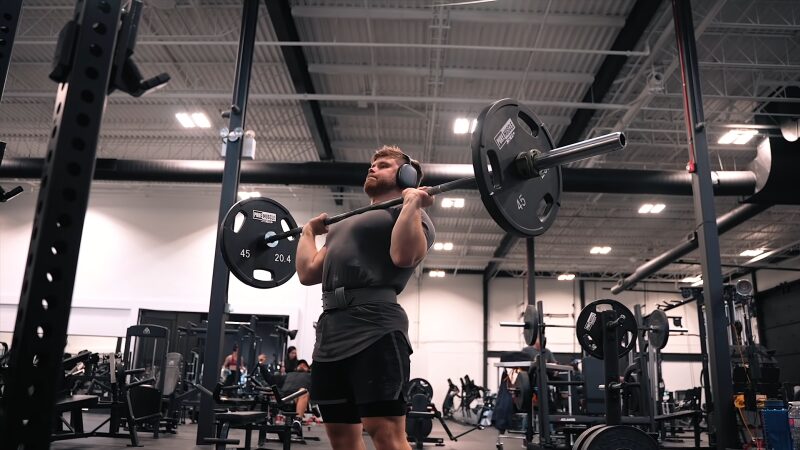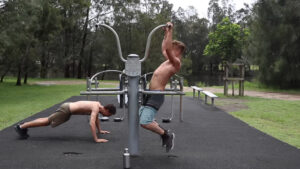You don’t need to be an expert to know that a one-size-fits-all approach is not possible in fitness. Adapting my workouts to align with my evolving fitness aspirations, and health status has been a game-changer for me.
Over the past five years of my CrossFit experience, I’ve learned that adjusting the intensity, volume, and complexity of exercises isn’t just beneficial—it’s essential.
This tailored approach has been the backbone of my enduring progress, significantly minimized my injury risk, and continuously fueled my motivation by setting achievable milestones. The beauty of this method lies in its inclusivity, making fitness attainable and effective for anyone, no matter where they start.

Key Takeaways
How to Identify Different Fitness Levels?

Through my journey, I’ve seen how I progress through different fitness levels—beginner, intermediate, and advanced. Each level comes with its own set of strengths, endurance, skills, and familiarity with exercises. Understanding this categorization has been key in developing workout plans that challenge me just enough to promote growth without overwhelming me.
Initially, I took the time to evaluate my fitness level by considering my exercise history, how comfortable I felt with various movements, and my strength and endurance capabilities. This self-assessment was critical in setting realistic goals and benchmarks, ensuring my workout plan was personalized and effective, capable of evolving as I did.
4 Principles of Scaling
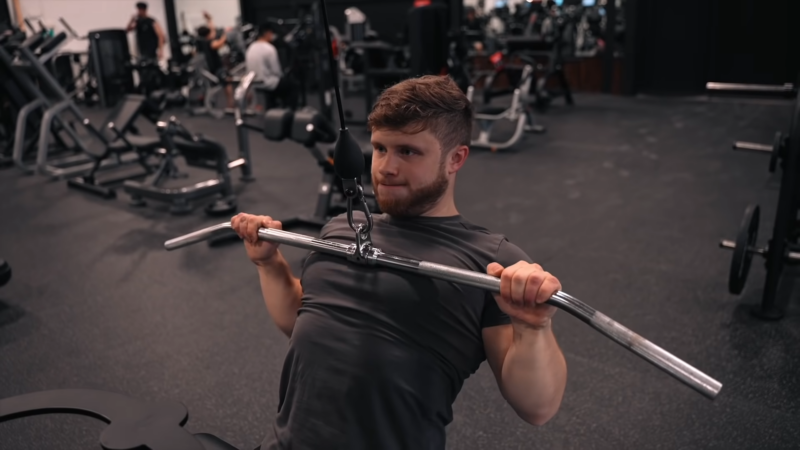
1. Individualization
Tailoring your workouts to your specific needs and goals will make your fitness journey infinitely more engaging and effective. My objectives have varied over the years, from weight loss to muscle building, to enhancing endurance, and each phase required a different approach to my workouts, keeping my interest and motivation high.
2. Progression
Incrementally increasing the intensity of your workouts allows your body to adapt without hitting a plateau or getting injured. This gradual progression will keep your routines challenging yet interesting, fostering a long-term commitment to fitness. You won’t give up so easily, trust me.
3. Modifiability
The flexibility to modify exercises has been crucial as my fitness level evolved. Being able to adjust the intensity, duration, or complexity of my workouts ensured they remained effective and aligned with my changing needs.
4. Balance
Incorporating a variety of strength, endurance, flexibility, and balance training into your routine prevents any single area from being overemphasized, ensuring that your mobility and flexibility exercises complement the overall regimen.
How to Scale Your Workouts?
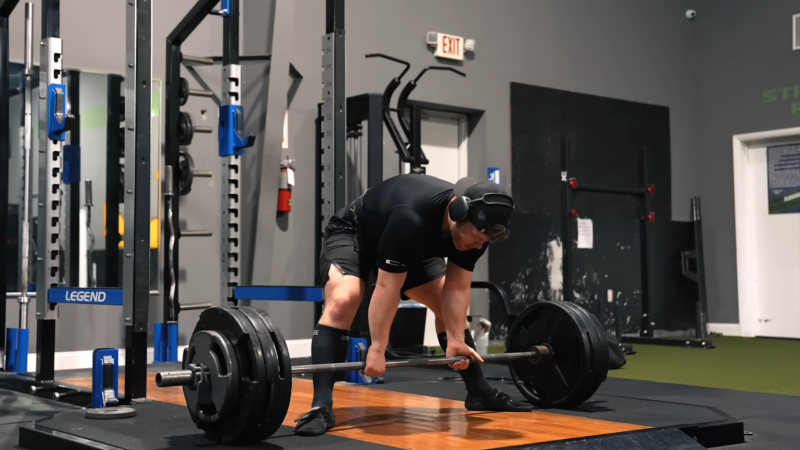
For beginners, it’s vital to start with fundamentals, prioritizing form and technique over intensity or complexity. This foundation ensures a safer and more effective progression in fitness, reducing the risk of injury and building confidence in one’s abilities.
At the intermediate level, you can begin to fine-tune your workouts for further progression. This could involve incorporating new equipment, experimenting with different workout styles, or adjusting variables such as speed, resistance, and duration to intensify the challenge.
For those at an advanced level, workouts are highly personalized, focusing on specific performance goals and recovery strategies. At this stage, it’s important to listen closely to your body and adjust workouts to optimize performance, recovery, and overall health.
When to Scale Your Workouts?
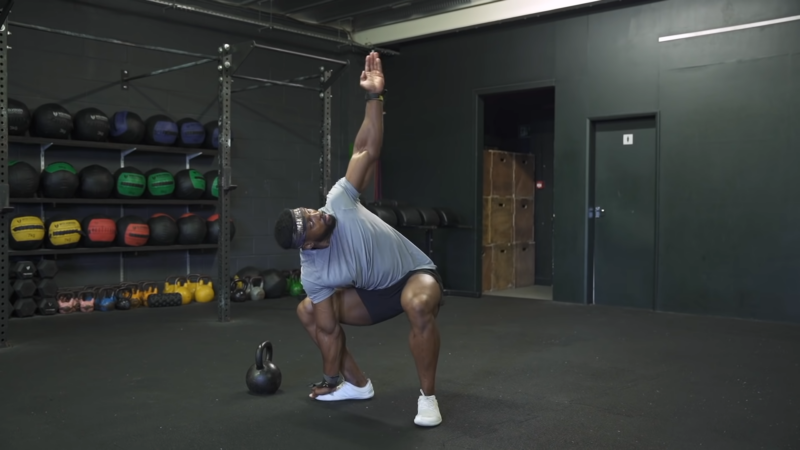
Identifying a workout plateau is crucial for timely adjustments to your fitness regimen. Persistent lack of progress, waning motivation, or stagnation in performance levels are clear indicators that it’s time to modify your workout strategy to reignite progress and enthusiasm.
As fitness levels improve, it becomes necessary to recalibrate workouts to ensure they remain challenging and conducive to further progress. Conversely, during periods of recovery or reduced activity, scaling down workouts helps maintain fitness while accommodating the body’s current limitations.
Signs You Should Scale up Your Workouts
Signs that indicate it’s time to scale up your workouts include finding your current exercises too easy, no longer feeling challenged, improvements in your strength and endurance, and not seeing progress in your fitness goals for a while.
If you experience these, consider increasing the intensity, complexity, or volume of your workouts.
Impact on Injury Prevention and Progression
One of the most crucial lessons I’ve learned is the importance of not pushing my body beyond its current limits. By doing so, I’ve managed to steer clear of the negative impacts of overexertion.
Systematically escalating the demands of my workouts has not only helped me avoid injuries but has also ensured a steady progression, leading to long-term fitness improvements. Witnessing your capabilities grow is incredibly rewarding. It instills a deep sense of accomplishment and boosts your confidence, for sure.
Practical Tips for Effective Scaling

Listen to Your Body
Being attuned to your body’s responses to workouts is invaluable for adjusting training intensity, volume, and complexity. This self-awareness enables you to tailor your fitness regimen to your body’s needs, optimizing both performance and enjoyment of your fitness journey.
Keep a Workout Journal
Documenting your workouts, including exercises, intensity levels, and personal feedback, is a powerful tool for tracking progress and identifying patterns or areas for improvement.
